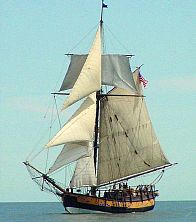 I had kind of lost track of the replica Revolutionary War sloop Providence. In January 2015, she was blown off her jackstands by blizzard winds while on the hard in Newport, RI, incurring significant damage to her hull and rigging. In August 2016, there were reports that repairs were underway. There are now reports that the Providence may be moving to Alexandria, VA. Toward the end of September, Scott Shaw, principal of Alexandria Restaurant Partners, presented a plan to permanently dock the Providence at Waterfront Park in Alexandria.
I had kind of lost track of the replica Revolutionary War sloop Providence. In January 2015, she was blown off her jackstands by blizzard winds while on the hard in Newport, RI, incurring significant damage to her hull and rigging. In August 2016, there were reports that repairs were underway. There are now reports that the Providence may be moving to Alexandria, VA. Toward the end of September, Scott Shaw, principal of Alexandria Restaurant Partners, presented a plan to permanently dock the Providence at Waterfront Park in Alexandria.
The sloop Providence is a 1976 built fiberglass replica of a Continental Navy sloop of the same name. Originally built as the merchant sloop Katy in 1768 by the Brown family of Providence RI, the sloop was outfitted with guns in 1774 to cruise against the British in Narraganset Bay.

 A new study released this week suggests that
A new study released this week suggests that 
 Yacht designer, boatbuilder, and entrepreneur George Cuthberston died on October 3, age 88. Cuthbertson was one of the founders of the Canadian yacht builder,
Yacht designer, boatbuilder, and entrepreneur George Cuthberston died on October 3, age 88. Cuthbertson was one of the founders of the Canadian yacht builder,  The festivities associated with the
The festivities associated with the 
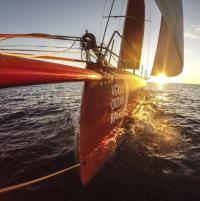
 More disturbing evidence has emerged in the death of Swedish journalist Kim Wall on the private submarine
More disturbing evidence has emerged in the death of Swedish journalist Kim Wall on the private submarine  Next year, the UK port of
Next year, the UK port of 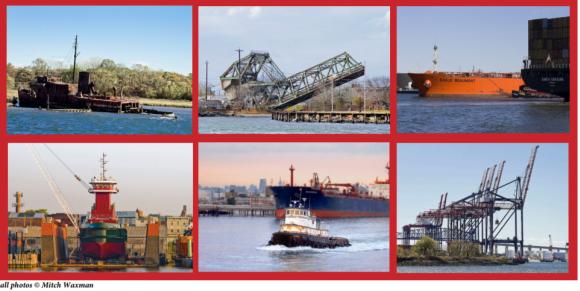 On Sunday, October 15, the
On Sunday, October 15, the 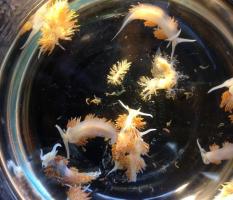
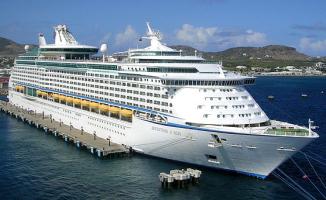
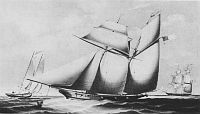 The schooner yacht
The schooner yacht 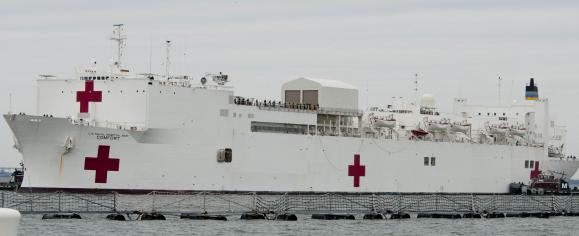
 The United States Coast Guard has set a new record for cocaine seizures at sea for the second year in a row. The
The United States Coast Guard has set a new record for cocaine seizures at sea for the second year in a row. The 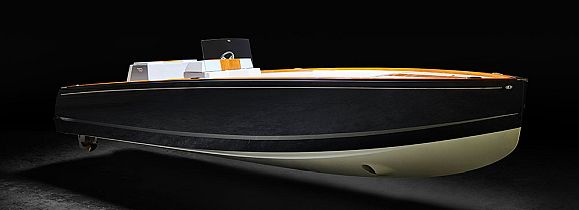
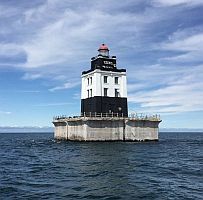 There are always iconic objects that are almost irresistible in contemplation. They represent ideas which are far too easy to fall in love with. I really wanted to own an old style Volkswagen “bug” and then I owned one and understood my mistake. The old bug had a nearly indestructible engine but the body of the car had almost entirely rusted away. It had seemed like a good idea at the time. Likewise, I had friends who were in love with the idea of converting an almost free surplus lifeboat into an oceangoing yacht. That didn’t work out too well either.
There are always iconic objects that are almost irresistible in contemplation. They represent ideas which are far too easy to fall in love with. I really wanted to own an old style Volkswagen “bug” and then I owned one and understood my mistake. The old bug had a nearly indestructible engine but the body of the car had almost entirely rusted away. It had seemed like a good idea at the time. Likewise, I had friends who were in love with the idea of converting an almost free surplus lifeboat into an oceangoing yacht. That didn’t work out too well either.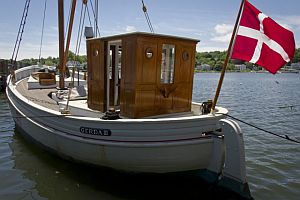 Among the fleet of ships and boats that make up the fleet at the
Among the fleet of ships and boats that make up the fleet at the